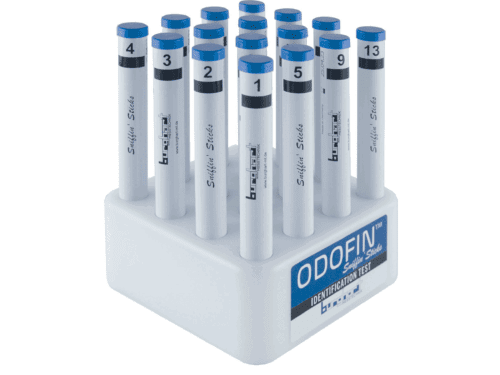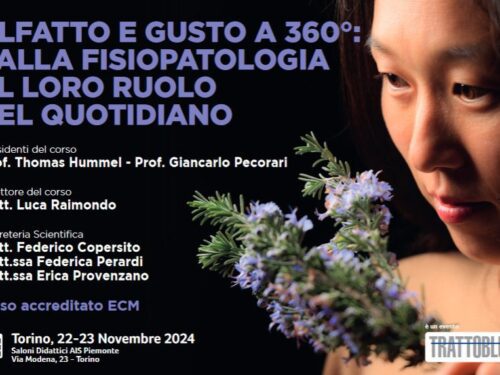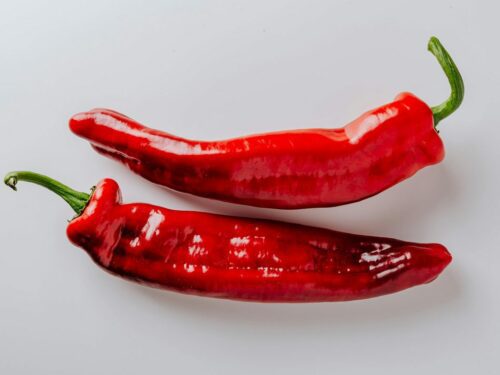Have you or someone close to you recently of a malfunctioning sense of smell? Then it could just be that you are suffering from Parosmia or Fantosmia. Both are disturbances of the sense of smell. This blog explains what it is, how it originates and how you can deal with it in the future.
What is Parosmia?
Parosmia is the name for a disturbance in the sense of smell. You do perceive smells, but they are processed in a different way than normal. For example, scents that you normally don’t like can suddenly smell nice but more often unpleasant. We can distinguish two types of Anosmia, namely:
- Euosmia: a form of parosmia in which things smell abnormally pleasant
- Troposmia: a distorted odor perception in the presence of an odorant. Typically, pleasant or neutral stimuli are perceived as unpleasant
How does Parosmia arise?
The mechanism by which Parosmia occur is not fully understood, but they are thought to result from damage to the olfactory receptor neurones, the cells in our nasal cavity that detect odor molecules. It’s quite possible that damage to other areas of the olfactory system, such as the olfactory bulbs, can also cause these conditions.

Parosmia can be caused by a head injury or an virus infection such as a common cold but also the COVID-19 virus. It can also occur as a result of exposure to toxins, diseases of the nervous system and sinus problems. We have also often encountered it in people who have completely lost the sense of smell, then the Parosmia is the restorative phase in which scents cannot be properly placed in the brain.
What is Phantosmia?
Phantosmia is the name for having smell hallucinations or perceiving phantom smells, that appear in the absence of any odor. These can manifest as ‘normal’ smells – for example, being able to smell garlic when there is no garlic present – but they can also be unpleasant. This can be a constant observation, but also an observation that makes itself known every now and then. The unpredictability of the disease makes it difficult to determine what is really going on with the body. The ailment can be present every day but also absent for very long periods. When you keep smelling a foul or unpleasant odor, we call this Kakosmia.
How does Phantosmia arise?
Just like Parosmia, Phantosmia can be caused by head injury or from a viral infection such as a common cold or the COVID-19 virus. The brain is not getting the stimuli from the olfactory nerve properly which is causing that you may be experiencing an incorrect smell.
What happens in the brain when you suffer from Parosmia or Phantosmia?
With a normal observation, odor molecules are collected in the nasal cavity, through which they enter the body. The olfactory epithelium is located in the nasal cavity, where the olfactory receptors are located. Fragrance molecules in the air are captured by the mucous membrane, the molecules dissolve in the mucous membrane and send stimuli to the olfactory nerves. The nerves transmit the stimuli to the brain where every observation is properly placed. Somewhere in this process, something goes wrong which is causing Phantosmia and Parosmia.
Tips and Tricks to Improve Smell
There are a number of tips and tricks to improve the sense of smell such as smell training. The effect of smell training has been investigated in various clinical studies. It appears that training the sense of smell is most useful for people with a post-viral loss of the sense of smell. In addition, research also points out that smell training has a positive effect on the development of the sense of smell in traumatic brain injury. In case of traumatic brain injury, the effect depends on how serious the original injury was. In all cases, it is advisable to start the smell training as soon as possible after the loss of the smell. Even in cases of anosmia and in post-viral patients who do not have any sense of smell, it may be useful to perform the smell training. More information about smell training and the smell training kits can be found on this page.
Source: https://issuu.com/anosmievereniging/docs/publicatie_def







